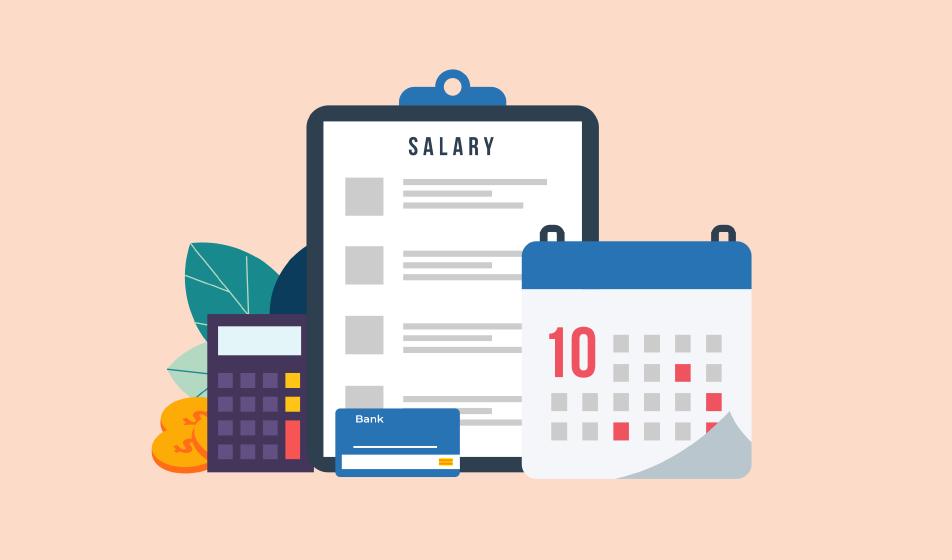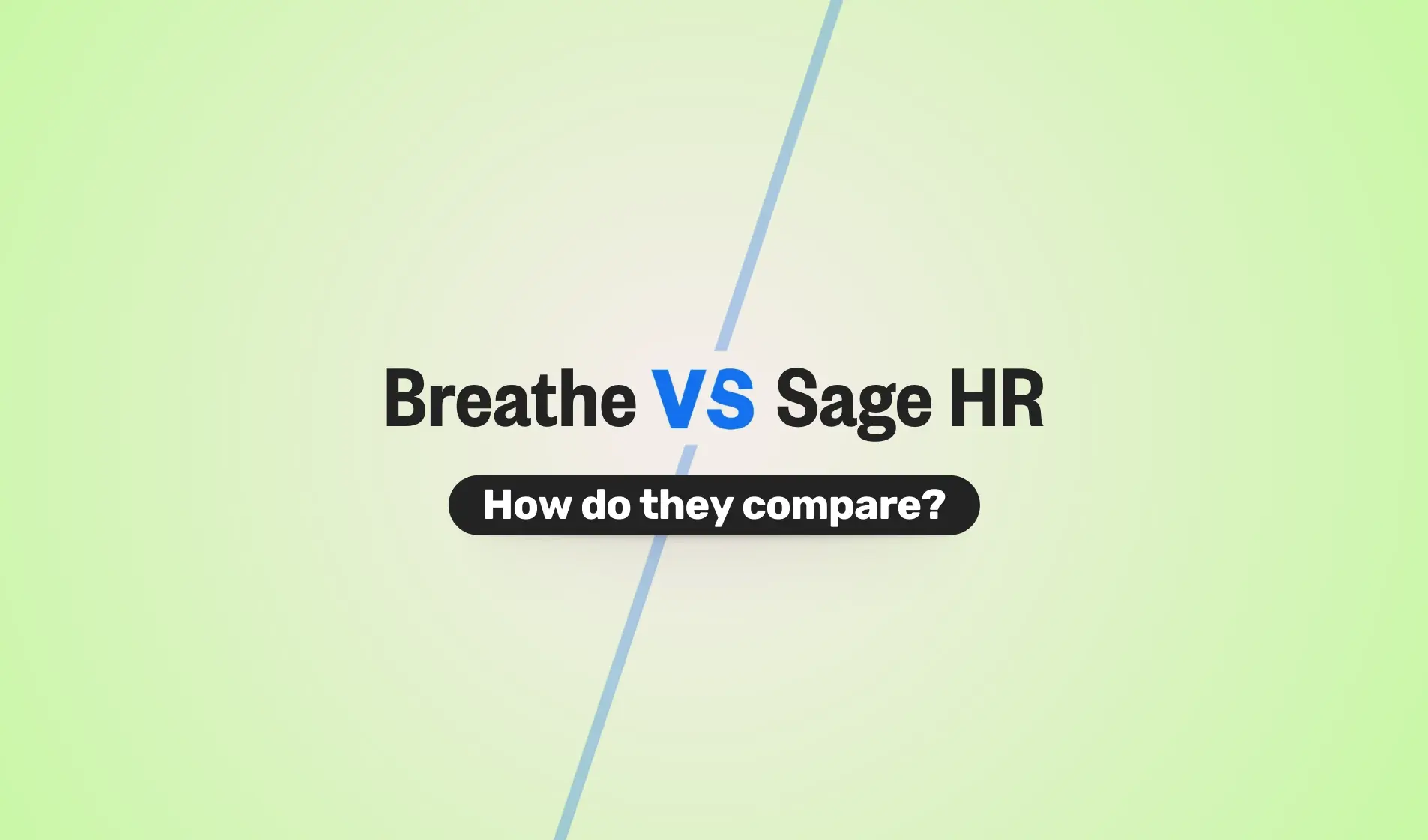Many organisations rely on help from specialist product and service providers. Even smaller businesses face the challenge of managing multiple relationships with their suppliers - some of whom may be registered companies, freelancers, contractors and subcontractors. In this post we focus on subcontractors, defining what they are, the difference between them and freelancers and also how they should be paid in compliance with HMRC’s regulations. We also look at HMRC’s Contactors Insurance Scheme (CIS) and explain how this needs to be managed alongside PAYE and payroll.
Are freelancers and subcontractors the same?
Subcontractors and business insurance
What is the Construction Industry Scheme (CIS) and how does it affect paying subcontractors?
How do I make deductions under CIS?
What is a subcontractor?
A subcontractor is defined as a business or person who undertakes work for a company (contractor) as part of a larger project. Typically, a subcontractor is appointed because they provide a niche specialist service which lies outside of a contractor’s area of expertise.
For example, a building company may hire an electrician to provide electrical wiring services as part of a wider house-build project.
Are freelancers and subcontractors the same?
The terms freelancer and subcontractor are sometimes used interchangeably, however, there are differences which businesses need to consider before employing them.
Many freelancers are self-employed and help businesses with relatively small projects or work on an ad hoc basis. They invoice the company for whom they are working for either at the end of a project or at pre-agreed intervals throughout its generation.
Subcontractors are often limited businesses, in their own right, or work under an umbrella company and are engaged for larger projects, than are typically undertaken by freelancers.
Umbrella companies exist to represent subcontractors, handle admin and deal with HMRC and Companies House. Umbrella company services are often provided by accountants and other professional services providers on the behalf of their subcontractor clients.
Subcontractors and business insurance
Providers of business insurance and professional indemnity treat subcontractors and freelancers very differently and this is one of the underlying reasons why the two are classified separately.
If a business is sued for negligence because of something a freelancer has done (or not done), most insurance policies will have this covered. If the negligence claim follows a subcontractor’s wrongdoing, then in most cases this won’t be covered by a business’ insurance.
This is because insurance policies cover a company based on its own specific line of business and the associated level of risk. A subcontractor’s knowledge and actions are deemed to be outside of a company’s line of business and are therefore subject to their own insurance.
If you as a business decide to engage a subcontractor, you need to check to make sure they have public liability insurance with a limit of indemnity that isn’t less than your own one, and which covers the work you have contracted them to do.
There are also distinctions between freelancer and subcontractors in terms of how they’ are paid and also the ways in which tax and National Insurance deductions and making payments to HMRC are managed.
What is the Construction Industry Scheme (CIS) and how does it affect paying subcontractors?
The CIS scheme applies to all subcontractors in the construction industry where this type of employment is most common.
The CIS serves two purposes; to reduce levels of fraud and tax evasion in the construction industry and to help subcontractors spread their tax liabilities throughout the financial year.
Businesses in this sector must register as a contractor within the CIS if:
- The company pays subcontractors to do construction work.
- The company business does not do construction work but if it has spent more than £3 million on construction in the 12 months since it made its first payment.
Detailed information about the Construction Industry Scheme and where and when it applies is available on HMRC’s website.
How to pay a subcontractor
A company which engages a subcontractor has specific responsibilities which need to be completed before any payments related to a new job begin. The company (or contractor) first needs to ask the subcontractor for their Unique Tax Reference number (UTR). This is the number provided by HMRC to someone when they first register as self-employed.
Once you’ have notified HMRC that you have engaged a subcontractor, they will cross reference their UTR with their internal records and let you know what tax rate is applicable. It’ is a company’s responsibility to make tax deductions and submit these to HMRC each time a subcontractor is paid following receipt of their invoice.
The options are:
- Payment after deduction of tax at 20% – most ‘labour only’ subcontractors will have tax deducted at a flat rate of 20%. This means that HMRC has found a subcontractor’s UTR on their list of subcontractors.
- Payment after deduction of tax at 30%. If 30% tax is deducted from a subcontractor’s pay, this means either that they haven’t given their employer a UTR, or that HMRC couldn’t find the UTR on its list of registered subcontractors. In either case the person should contact HMRC and make sure that they are correctly registered as self-employed and as a subcontractor.
- Gross payment – That is no tax deducted. Subcontractors can only be paid gross if they pass special tests – including a minimum turnover test and a recent history of meeting all tax obligations. Consequently, this will only apply to larger subcontractors who have specifically asked HMRC to be paid without deduction of tax at source. Such subcontractors’ tax affairs are reviewed on an annual basis by HMRC to ensure that they continue to meet all requirements.
As with PAYE and payroll management, most businesses now use dedicated software to manage payments to subcontractors and all related deductions. HMRC publish a list of accredited software providers.
How do I make deductions under CIS?
Under CIS, contractors need to calculate the gross amount for work completed, the qualifying materials and the tax to deduct. These 3 pieces of information are what is filed with HMRC.
Two key definitions:
- Gross amount – The gross amount is the total invoiced. If the subcontractor is VAT registered, the contractor would therefore exclude VAT from the total.
- Qualifying materials – The qualifying materials are the costs, which the subcontractor has incurred. For example, a decorating subcontractor would recharge the contract for paint they have purchased.
If you’re new to CIS, these examples of calculations made under the scheme might help you understand a company’s responsibilities.
How do I pay HMRC under CIS?
When a business first registers as a contractor, HMRC will set up a CIS payment scheme for it. If a company already employs people, HMRC will update its PAYE scheme, changing this to a PAYE / CIS scheme.
Contractors are required to make payments to HMRC on a monthly or quarterly basis. Three points to be aware of:
- Monthly payments – must be paid within 14 days of the tax month end or 17 days if paying electronically. For example, the CIS return for the month ending 5th May must be paid to HMRC by 19th May by post or electronic payments by 22nd May.
- If the contractor also has employees there may be PAYE & NI due. (Typically, CIS payments and PAYE & NI are paid over to HMRC at the same time on the same payment.)
- Quarterly payments – must be paid within 14 days of the quarter end or 17 days if paying electronically. The quarter ends are on 5th July, 5th October, 5th January and 5th April.
HMRC provide a list of options for making CIS and PAYE payments to them, including using company debit and credit cards.

Author: Aimée Brougham-Chandler
An IDM-certified Digital Copywriter (2023) & English Language & Literature graduate (BA Hons), Aimée is Breathe's Content Assistant. With 3 years' content marketing experience, Aimée has a passion for writing - and providing SME HR teams with solutions to their problems. She enjoys delving into & demystifying all things HR: from employee performance to health and wellbeing, leave to company culture & much more.
.jpg)



